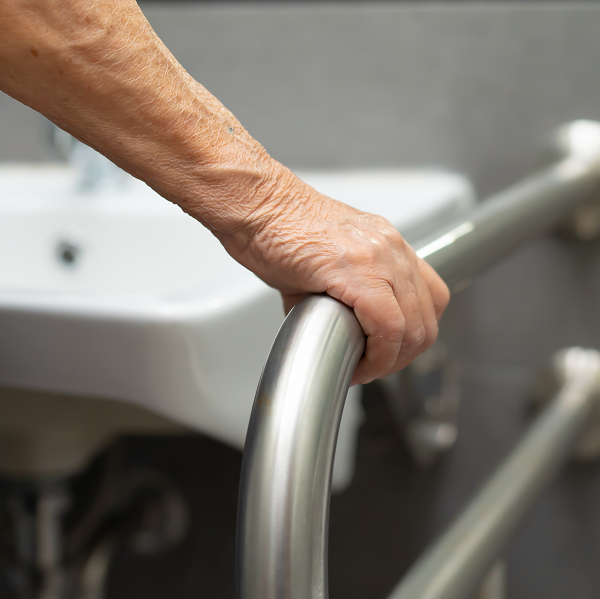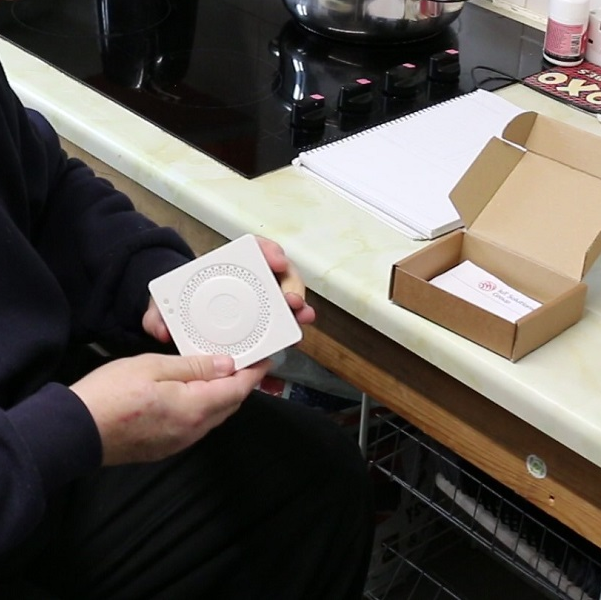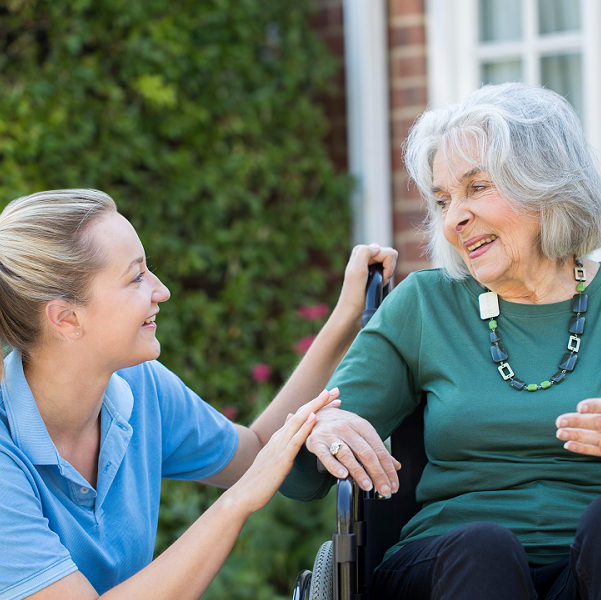Three lives saved – how care providers are supporting the vulnerable without user interaction

A research study in 2008 found that 80% of older people who fell alone did not use their call alarm to summon help - BMJ Paper. To overcome this issue, care providers for Sutton Housing Partnership adopted a unique solution to alert them to concerning drops in activity without any user interaction. This DORIS care solution has now saved three lives in Sutton in the last 12 months.
The problem with call alarms
Care alarms, in the form of pendants or other wearables (such as pull cords, etc.), are a prevalent Tech Enabled Care solution; in the BMJ study above, 99% of the participants who fell had some form of call alarm system. Within the 80% of the residents who did not use their alarm system, the reasons for not using the call alarm included
• Not wearing the call alarm
• Wearing the alarm but choosing not to activate it
• The alarm was out of reach after a fall
Not using a call alarm can mean that an older person could be on the floor for many hours, even days, in some cases. The impact of lying on the floor for a long time after a fall has been "associated with repeated falls, fall induced injuries, and subsequent admissions to hospital and long-term care" - BMJ report above.
Life-saving experiences in Sutton
The care team in Sutton has certainly experienced these attitudes, as well as residents being too unwell to activate their care alarms. Since spring 2021, Sutton Housing Partnership, in collaboration with Sutton Council and the InnOvaTe project, has deployed over 150 DORIS care sensors in independent living properties. In the 12 months since these devices were installed, three lives have been saved by this intelligent sensor.
1. Lilian* - found unwell on the sofa and had chosen not to use her pendant alarm
Within five days of the sensor being installed in Lilian's home, Independent Living Officers [ILOs] were alerted to a dramatic decrease in activity. A phone call was made to Lilian, which went unanswered. A family member was contacted, who visited and found their 90+-year-old relative lying on the sofa, unwell and unable to move, and then provided appropriate care.
Despite having a pendant alarm – a device worn on a lanyard around the neck that allows the wearer to call for emergency help at the press of a button – Lilian had chosen not to use it.
2. Maureen – fell in her bathroom while her pendant was out of reach
In a second case, within a week of the solution being installed in the home of another elderly lady, Maureen, the ILOs – who were not due to complete another check-in for another six days – received an alert of a drop-in activity, prompting an emergency visit to the resident's property.
Upon arrival, the resident was found lying on the floor and unable to move, having fallen and broken her hip. In this case, she did not have her alarm within reach, so she was unable to call for help. Watch Maureen's story and find out more in our Maureen case study.
3. Nina* – quickly declined due to illness and was unable to use her pendant alarm
The Sutton Housing Partnership resident had been unwell and receiving additional support when her carer was alerted to a dramatic decline in activity levels. Following no response on the phone or at the door, the care team agreed that an urgent welfare check was needed.
Upon entering the property, they found Nina* slumped in a chair, confused and unable to communicate coherently or move. Sutton's telecare provider, Careium, was called to provide mobile responder support until the ambulance arrived and took the resident to the hospital.
The Independent Living Officer for the resident commented, "If we hadn't found her when we did, it would have been six days before the district nursing team would have been scheduled to visit. I hate to think what would have happened if I hadn't got that alert when we did".
"When we spoke to London Ambulance service about the incident, the ambulance driver reported at the scene that if we hadn't had this sensor in the property and they hadn't had the alert when they did, it was highly likely that the resident would have passed away."
In the latter two cases, the residents were taken to the hospital for treatment and recovered, though medical staff stated that they would have passed away if they had not been found so promptly. They indicated that the early alert system had played a crucial role in saving their lives.
Sutton's experiences support the research above and show that relying on a resident to use a care alarm when they fall or are unwell is not a dependable option. A solution to overcome the lack of use of care alarms would therefore have a marked impact on the health of older people, as well as reducing the pressure on hospitals and long-term care providers.
*Residents' names protected on their request

How are Sutton Council and other care providers overcoming the lack of use of care alarms?
Sutton Council approached IoTSG in the summer of 2020 for a solution to this challenge – they needed an easy to deploy, remote, unobtrusive behaviour monitoring to provide carers with an early warning of vulnerable residents becoming unwell. They also requested that it was
• battery-powered (no need to plug in)
• had a long battery life of more than 12 months
• did not require any contact for installation (reduce transmission risk)
• didn't have any cameras or microphones (support residents to feel independent)
• didn't need any Wi-Fi or mobile phone signal.
The IoT Solutions Group team developed DORIS care to meet these requirements. By automating this discreet monitoring, the reliance on personal alarms (such as pendants) or on the resident to report an incident is overcome, with life-changing results.

Are you looking to provide support and reassurance to Vulnerable Independent People [VIPs]?
Find out more about our DORIS care™ solution and how it provides support and peace of mind for carers and family members for less than the price of a high street coffee per week.
Watch Maureen's Story and hear more from the partners who made this intervention possible
Contact our “IoT for Adult Social Care” expert, Emma Mahy, to discuss your care needs, monitoring challenges and how IoT technology might be able to help – [email protected]





